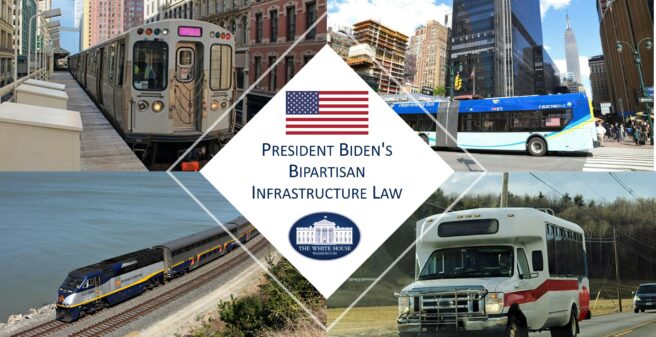
The joy of US President Biden, Kamala Harris, his vice presidents must have been great when the 440 billion US dollar climate package was approved by all parties in the US Congress 10 days ago. Many observers wondered how much of the cake had been earmarked for public transport and rail. On 16 August, the Department of Transportation finally released some relevant figures. This announcement can certainly be called a “game changer” after previous car-friendly policies and is an important milestone for the underfunded public transport system in the USA.
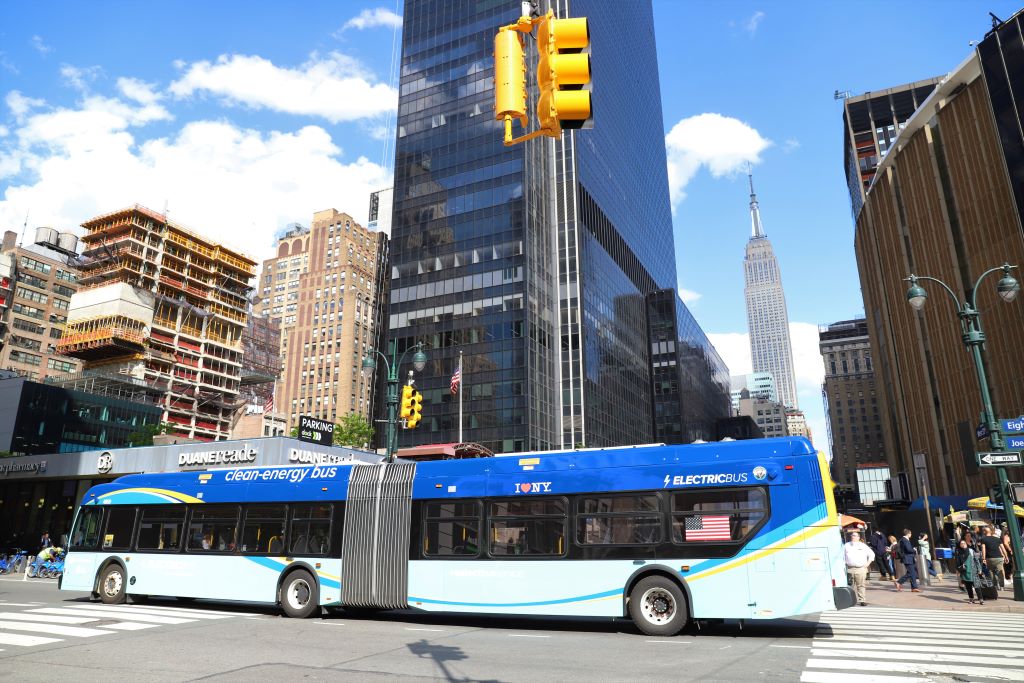
The so-called Bipartisan Infrastructure Law (Bipartisan stands for two parties, i.e. the law is supported by Democrats and Republicans) provides for a total of 108 billion US dollars (approx. 107.6 billion euros) for the transport sector. The investments are divided into several individual programmes that provide for safety, modernisation of infrastructure and vehicles, reduction of CO2 emissions and equal opportunities.
The social aspect has a particularly high priority in the law: In this context, the development of workers is to be promoted in all inventions. In particular, the aim is to create development opportunities for economically or socially disadvantaged workers.
1.6 billion US dollars for zero-emission buses
The U.S. Department of Transportation’s Federal Transit Administration today announced $1.66 billion in grants to transit agencies, territories, and states across the country to invest in 150 bus fleets and facilities. Funded by the President’s Bipartisan Infrastructure Law, more than 1,100 of those vehicles will use zero-emissions technology, which reduces air pollution and helps meet the President’s goal of net-zero emissions by 2050. This year’s funding alone will nearly double the number of no-emission transit buses on America’s roadways. For the first time, five percent of low- and no-emission bus funding will be used to train transit workers on how to maintain and operate new clean bus technology.
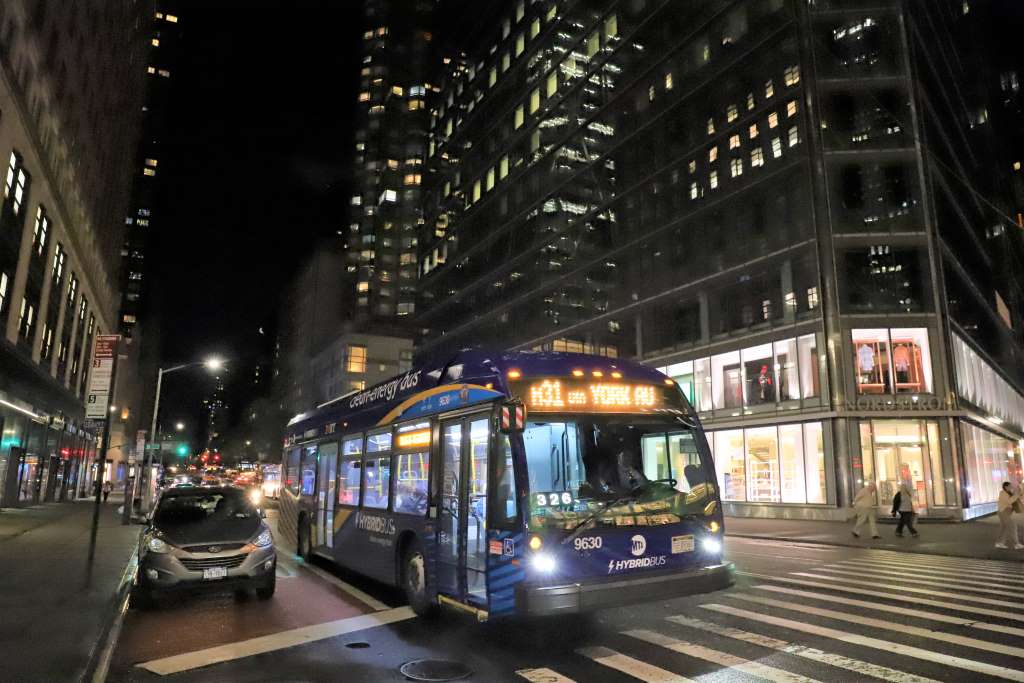
“With today’s awards, we’re helping communities across America – in cities, suburbs, and rural areas alike – purchase more than 1,800 new buses, and most of them are zero-emission,” said U.S. Transportation Secretary Pete Buttigieg. “Funded through President Biden’s Bipartisan Infrastructure Law, this announcement means more good jobs for people across the country, cleaner air in our communities, and more affordable and reliable options to help people get to where they need to go.”
The bus grant awards – made under FTA’s Buses and Bus Facilities and Low- and No-Emission Vehicle programs – are FTA’s first competitive grant selections under the Bipartisan Infrastructure Law. The programs support the Biden-Harris Administration’s commitment to expand our nation’s transportation infrastructure, create and maintain good-paying jobs, and fight climate change.
FTA’s Low or No Emission (Low-No) Grant Program makes funding available to help transit agencies buy or lease U.S.-built low- or no-emission vehicles, including related equipment or facilities. The Bipartisan Infrastructure Law provides $5.5 billion over five years for the Low-No Program – more than six times greater than the previous five years of funding. For Fiscal Year 2022, approximately $1.17 billion was available for grants under this program.
FTA’s Grants for Buses and Bus Facilities Program supports transit agencies in buying and rehabilitating buses and vans and building bus maintenance facilities. The Bipartisan Infrastructure Law provides nearly $2 billion over five years for the program. For Fiscal Year 2022, approximately $550 million for grants was available under this program.
Find a link to all projects here.

Examples of projects selected to receive Fiscal Year 2022 funding include:
- The New York Metropolitan Transportation Authority (MTA) will receive $116 million to buy approximately 230 battery-electric buses to replace older diesel buses, electrifying nearly four percent of its 5,800-bus fleet and launching a comprehensive workforce training and development program. The project will improve the safety and reliability of transit service and improve air quality for residents and visitors to New York City.
- The Los Angeles County Metropolitan Transportation Authority (Metro) will receive $104.1 million to buy approximately 160 battery-electric buses to replace older compressed natural gas buses as well as charging equipment. The project will improve safety, air quality and reliability for residents and visitors to the Los Angeles metropolitan area.
- The Memphis Area Transit Authority (MATA) will receive $54 million to build an operations and maintenance facility. The facility, which will be located in Memphis, will accommodate more than 300 vehicles and improve safety and ensure a good state of repair for the bus fleet.
- The Colorado Department of Transportation will receive $34.7 million on behalf of Summit Stage, a rural transit agency that provides bus service in Summit, Park and Lake counties in northeast Colorado, to build a bus depot for electrical charging and storage. It will replace Summit Stage’s aging facility and prepare for a 100-percent electric fleet in the future.
In response to the Notice of Funding Opportunity, FTA received 530 eligible project proposals totaling approximately $7.72 billion in requests.
A pilot program to support the transition of passenger ferries to low- or zero-emission technologies, providing at least $250 million to electric, low-emission ferries.
Modernisation and more safety in rail transport
In addition to the electrification of the bus fleet, a considerable part of the funds goes to the modernisation of the existing transport and rail systems in the cities and in rural areas. This part is divided into so-called formula grants for urban areas and programmes for rural areas. For urban areas, grants have been increased to more than USD 33.5 billion to provide funding for investment and operating grants for urban transport and transport-related planning.
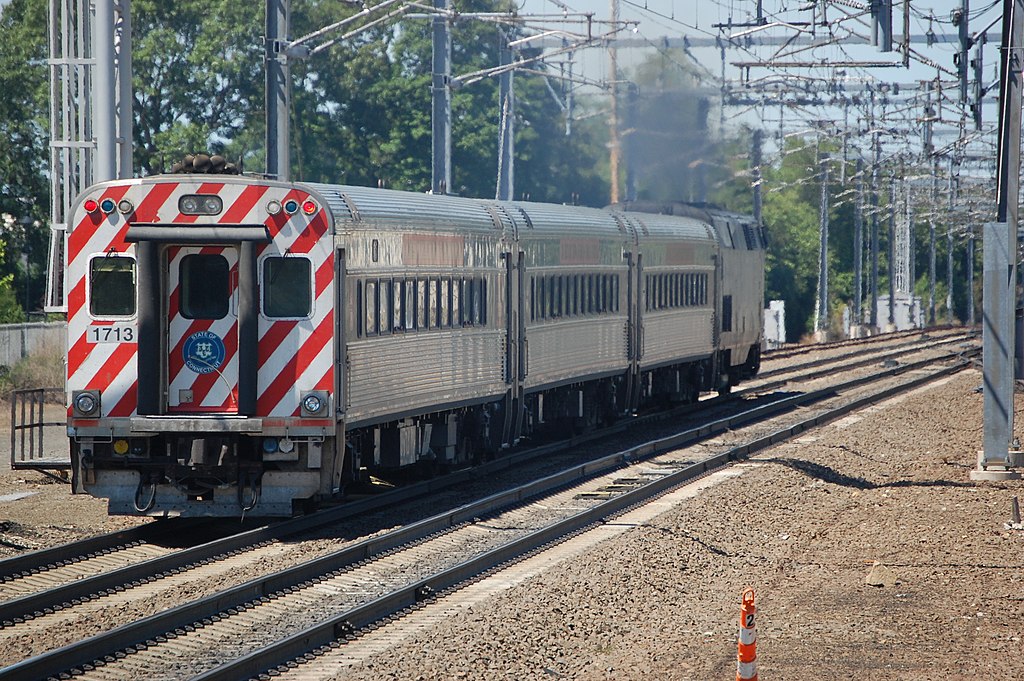
This portion is split into so-called urbanised area formula grants and rural programs. For urban areas, grants have been increased to more than $33.5 billion to provide funding for transit capital and operating assistance in urbanized areas, and for transportation-related planning.
For rural areas, more than 4.58 billion us-dollar will be provided to support 1,300 rural transit systems by enabling them to purchase transit vehicles and infrastructure, plan transit more effectively, and fund operations.
A new program provides $1 billion on a competitive basis for essential ferry service in rural areas, with another $1 billion authorized for Congress to make available in the future.
On top of this, the Capital Investment Grants (CIG) will fund up to $23 billion, with $8 billion guaranteed to invest in new high-capacity transit projects that communities choose to build.
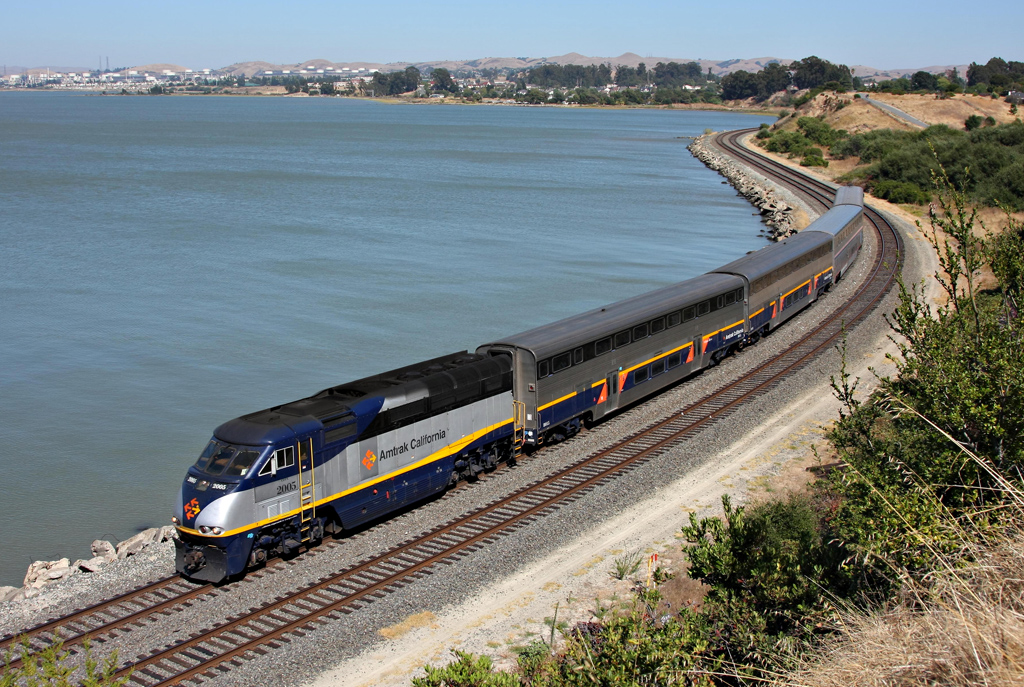
In order to modernise and repair the existing infrastructure, so-called State of Good Repair Grants will be provided: America’s transit systems have a combined repair backlog of more than $105 billion. The legislation provides $23.1 billion over five years for grants to fund the repair and maintenance of transit systems:
- A new competitive grant program under the State of Good Repair Grants program provides an annual $300 million for competitive rail vehicle replacement, specifically to replace rail rolling stock that is past its useful life.
- Public Transportation Innovation Program: FTA will continue to lead an integrated and robust program to advance innovative public transportation research and development, using $193 million for transit research activities.
- Technical Assistance and Workforce Development: Using $62 million, FTA will continue to provide technical assistance that enables more effective and efficient delivery of public transportation services, develops standards and best practices, and addresses public transportation workforce needs.
The Bipartisan Infrastructure Law will also enhance state safety oversight programs by strengthening rail inspection practices, protecting transit workers and riders from injuries, and ensuring safe access to transit. FTA’s Public Transportation Safety Program is updated to reinforce State Safety Oversight (SSO) programs, including strengthening rail inspection practices.
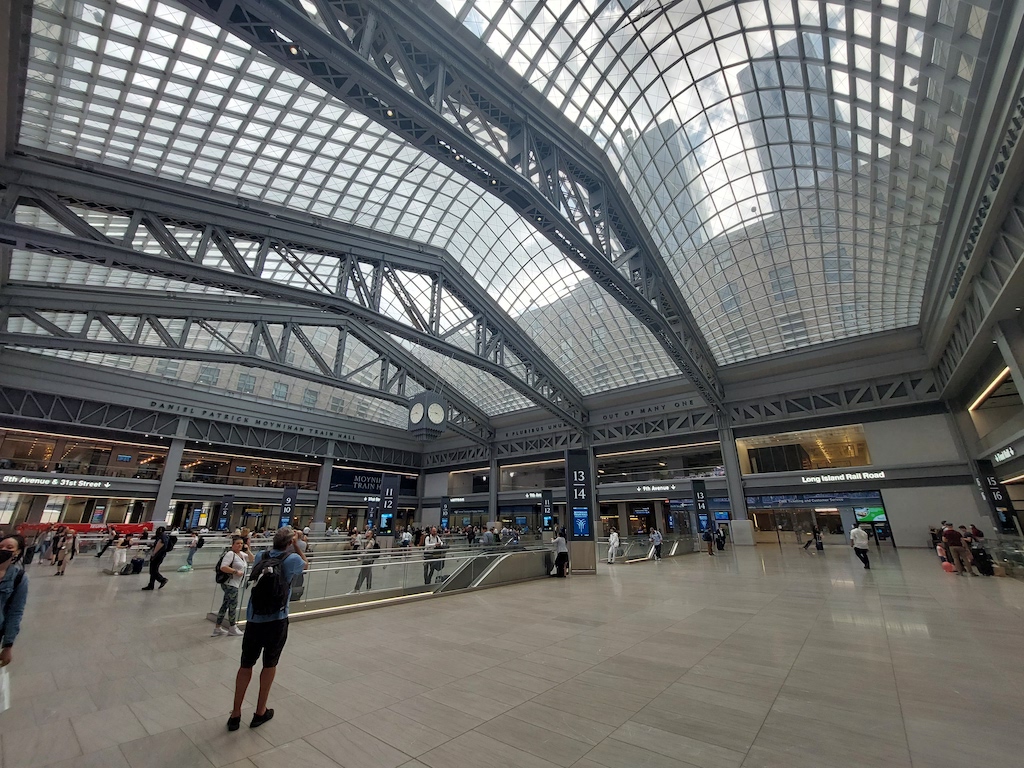
Social transport policy
The Infrastructure Act also provides additional funds to improve the planning and operation of public transport and thus improve public transport accessibility for (socially) disadvantaged population groups as well as for senior citizens and people with disabilities:
- All Station Accessibility Program: This new program provides $1.75 billion in competitive grants to state or local governments to upgrade the accessibility of legacy rail fixed guideway systems for people with disabilities, including those who use wheelchairs.
- Transportation planning: The legislation includes more support for planning activities.
- Provides a greater federal share for transportation planning activities for lower-density and lower-income portions of metropolitan areas and adjoining rural areas.
- Requires the inclusion of geographic service area coverage as a reporting requirement in the National Transit Database.
- To advance equity in public transportation planning, encourages metropolitan planning organizations to expand consideration of housing and planning for affordable housing in the transit planning process.
- Enhanced Mobility for Seniors and Individuals with Disabilities: Increases funding to $2.2 billion to help states, transit agencies, and nonprofit organizations meet the transportation needs of older adults and people with disabilities.
Sources: US Department of Transportation/ The White House/ Own research
23.08.2022
